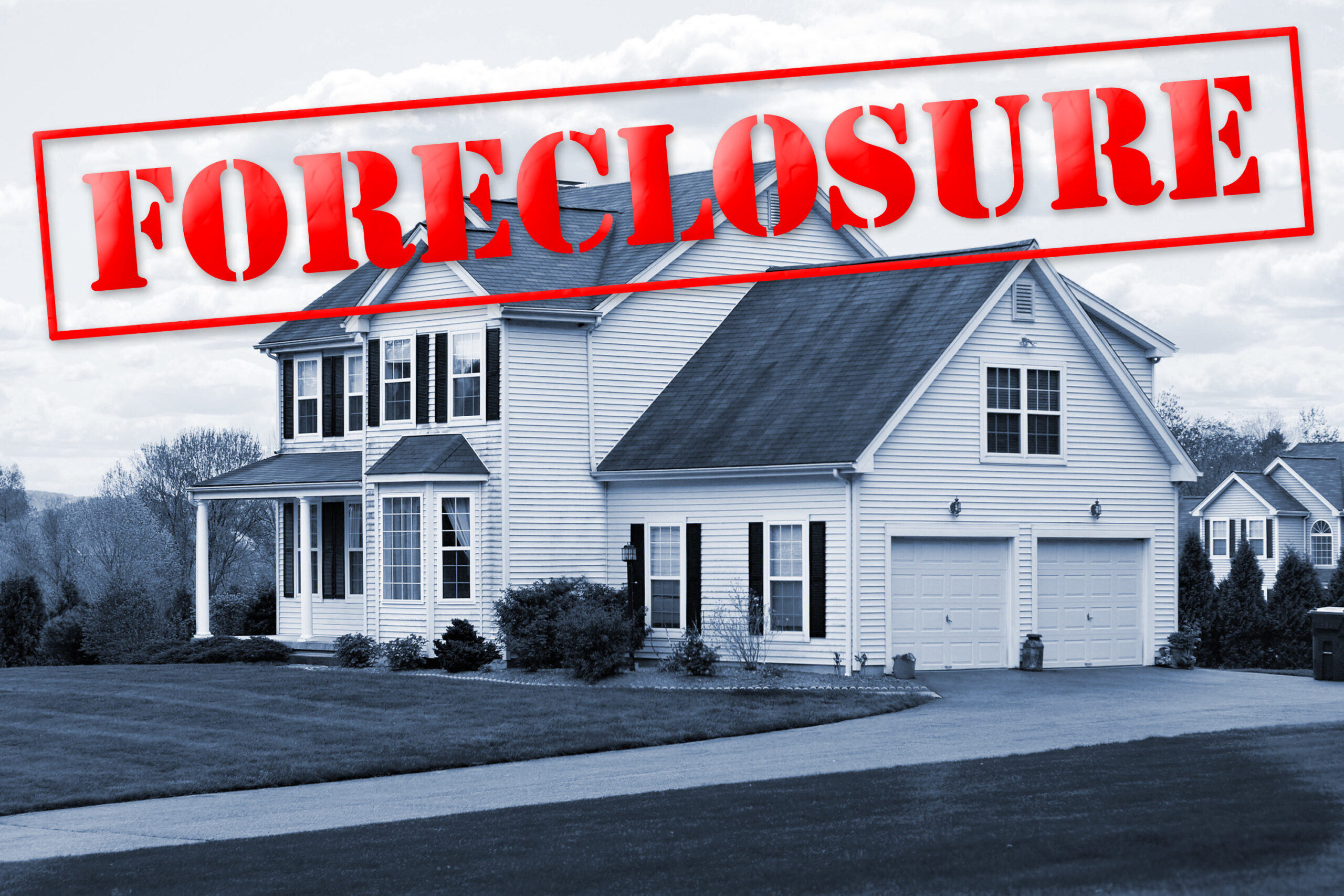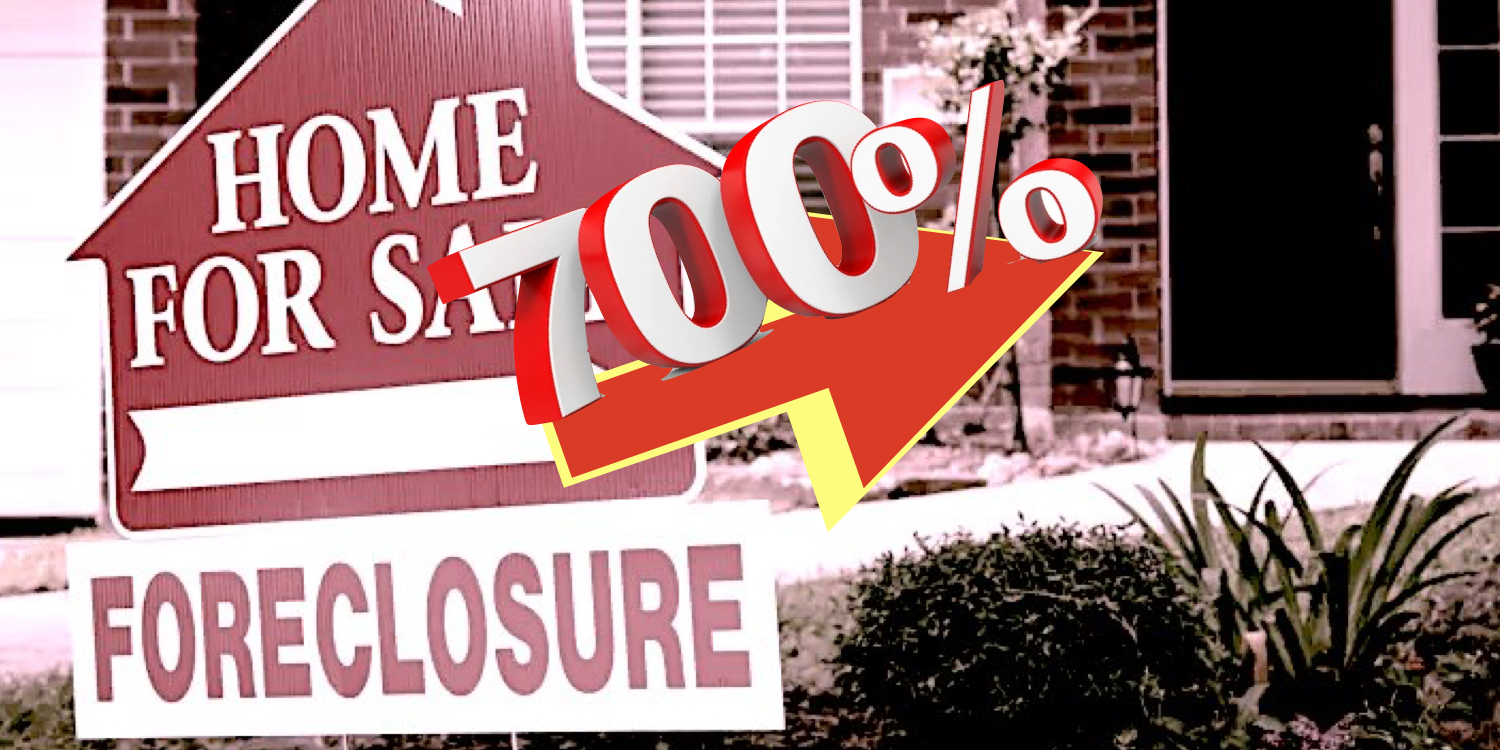A proposed CFPB rule would provide homeowners with increased foreclosure protections.
Continue readingSurging Foreclosures & HECMs
The Problem With Being House Rich
What are the problems with being house-rich? One columnist explains the downside of locked-up home equity…
Continue reading‘More reverse mortgage servicing protections needed’
The NCLC recommends the CFPB & the FHA create these reverse mortgage servicing protections
After several years of servicing issues for both borrowers and their heirs reverse mortgage originators and lenders alike welcomed the news in March 2022 that Celink had been awarded the servicing of HECM loans held in assignment by the Federal Housing Administration. However, a history of previous servicing shortfalls from numerous servicers has led some to call for increased oversight and protections to prevent unnecessary foreclosures of HECM loans.
On February 6th the National Consumer Law Center published an article by Sarah Bolling Mancini entitled, “Unmet Promise: Reverse Mortgage Servicing Challenges and How to Preserve Housing Stability for Older Adults”. Mancini outlines several servicing shortfalls that may have led to avoidable foreclosures.
[read more]
“There are roughly 480,000 reverse mortgages currently outstanding in the United States.”, writes Mancini who notes this number will likely grow as baby boomers age. More importantly, she notes HECM borrowers who are delinquent on their property charge payments face hurdles in accessing the resources needed to satisfy the overdue charges to avoid a technical default and foreclosure. Mancini notes, “The crisis of preventable reverse mortgage foreclosures does not impact all communities equally. Historically, people of color have been more likely to take out reverse mortgages, due to the legacy of discrimination and policies that limited their wealth-building opportunities, and they are also more likely to end up in reverse mortgage foreclosure.”.
The NCLS’s full report (which we’ve included a link to in today’s show notes) provided several examples of where servicing failed HECM borrowers. Here’s one. Jean Reese, a 76-year-old African-American woman living in Philadelphia, fell behind on her property taxes during the Covid-19 pandemic. She made a payment arrangement with the city and also kept in regular contact with her HECM loan servicer. Despite these efforts in December 2019, the servicer paid the remaining property taxes she had arranged to pay with the city and also paid her future 2020 taxes. It’s a lengthy and complex story but in the end, Reese had to obtain legal assistance to conclude the matter and avoid foreclosure.
Drawing on their findings in the report, Mancini and the NCLC made four recommendations for FHA and the Consumer Financial Protection Bureau to help prevent avoidable foreclosures. The recommendations for the FHA include (1) Allowing flexibility with property charge loss mitigation policies, (2) Rescinding the due and payable status when loss mitigation is approved, (3) Allowing loans to be assigned to FHA while in an active loss mitigation plan, and (4) require a loss mitigation review. The recommendations to the CFPB include (1) the inclusion of reverse mortgages in the RESPA mortgage servicing rules, (2) working with FHA on effective reverse mortgage communications, (3) prioritizing reverse mortgage servicer supervision and enforcement, and (4) requiring prompt payoff statements.
The NCLC conducted a nationwide survey of senior advocates who handle reverse mortgage cases. Some of the more notable responses said that some servicers declared a homeowner was still in default despite them being already enrolled in a state or local tax deferral or repayment program.
Addressing the servicing issues outlined in the report only stands to strengthen the reputation of the reverse mortgage among older homeowners, senior advocates, and professionals. Or has Mancini put it to ‘fulfill the promise’ of the loan to help older homeowners age in place. What are your thoughts on the NCLC’s recommendations? Do you think these servicing reforms need to
[/read]
HECM Counseling committee addresses property defaults
HUD’s Housing Counseling Federal Advisory Committee met and looked at lingering issues in HECM loans- including some borrowers who unexpectedly ended up in foreclosure.
Continue readingBill would preserve home equity in foreclosures
California Senate Bill 1323 would require lenders in foreclosure proceedings to hire a realtor and sell the secured property for its appraised value on a multiple listing service has passed the California Senate Judiciary Committee…
Continue readingForeclosure starts surge 700%
Foreclosure starts are up 702% from December to January with 32,900 loans. What does this mean for the housing market and reverse mortgage lenders?
Continue readingNearly 700K seniors were behind on mortgage last year
The Maryland Daily Record interviewed industry leader Steven Sless who reported that nearly 700,000 seniors were behind on their mortgage payments last year.
Continue readingThe HECM as a Therapeutic for Foreclosure
With the CFPB reporting that nearly 1 million homeowners 65 and older at risk of foreclosure, isn’t now the time to administer proactive therapeutics to prevent foreclosure?
Continue readingHECM Refis are not growing our market
Unable to use the embedded player? Listen here.
EPISODE #681
HECM Refis are not growing our market
RMI’s John Lunde told RMD while HECM endorsements are strong our industry’s production is not quite as robust as one may believe when considering HECM-to-HECM refinances.
Other Stories:
-
Will there be a wave or a trickle of evictions?
- Homeowners are hurting but property tax panel looks elsewhere












